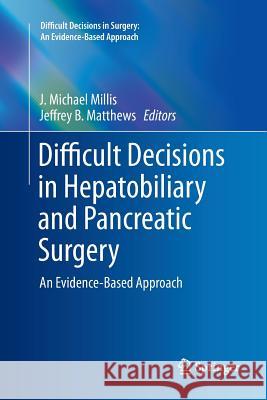Difficult Decisions in Hepatobiliary and Pancreatic Surgery: An Evidence-Based Approach » książka
topmenu
Difficult Decisions in Hepatobiliary and Pancreatic Surgery: An Evidence-Based Approach
ISBN-13: 9783319801223 / Angielski / Miękka / 2018 / 695 str.
Difficult Decisions in Hepatobiliary and Pancreatic Surgery: An Evidence-Based Approach
ISBN-13: 9783319801223 / Angielski / Miękka / 2018 / 695 str.
cena 442,79
(netto: 421,70 VAT: 5%)
Najniższa cena z 30 dni: 424,07
(netto: 421,70 VAT: 5%)
Najniższa cena z 30 dni: 424,07
Termin realizacji zamówienia:
ok. 22 dni roboczych
Dostawa w 2026 r.
ok. 22 dni roboczych
Dostawa w 2026 r.
Darmowa dostawa!
Kategorie BISAC:
Wydawca:
Springer
Seria wydawnicza:
Język:
Angielski
ISBN-13:
9783319801223
Rok wydania:
2018
Wydanie:
Softcover Repri
Ilość stron:
695
Waga:
0.98 kg
Wymiary:
23.39 x 15.6 x 3.63
Oprawa:
Miękka
Wolumenów:
01
Dodatkowe informacje:
Wydanie ilustrowane











